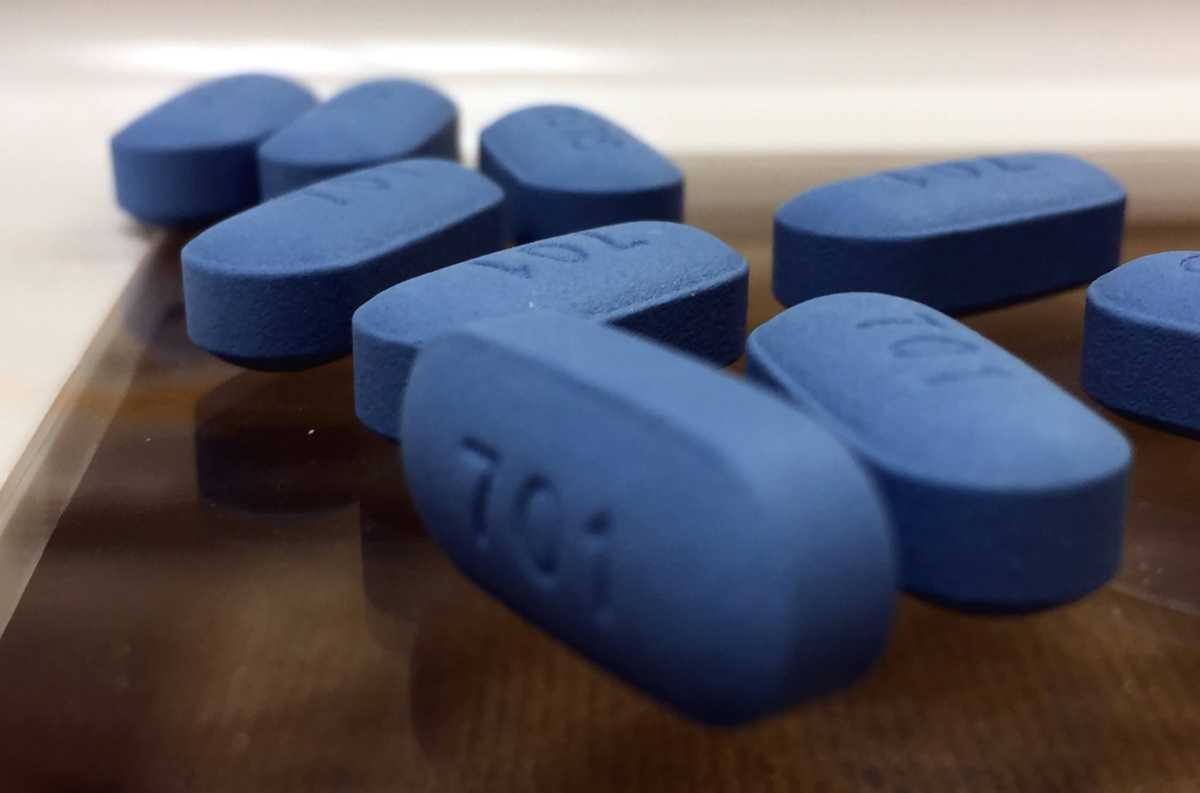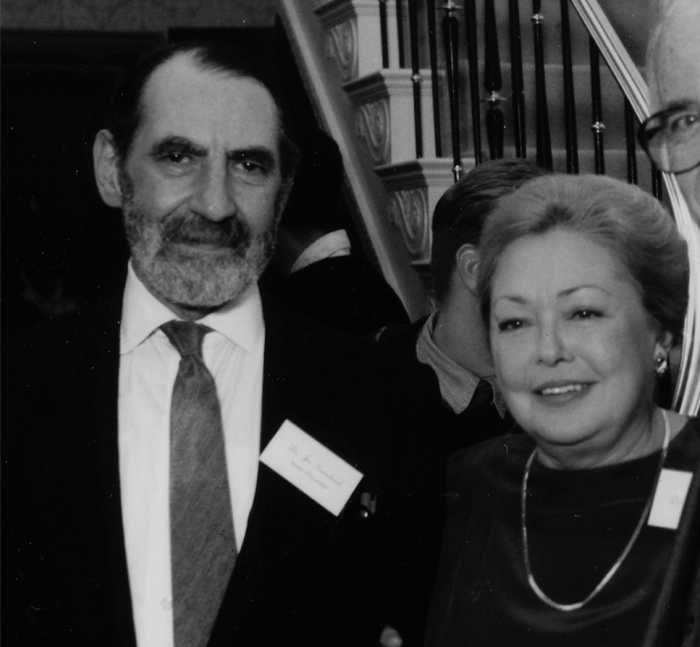Two years ago, the New York City Department of Health and Mental Hygiene rolled out new guidelines pertaining to the daily HIV prevention medication known as PrEP. Health officials brought forward an alternative option, “PrEP on Demand,” in which people could take the pill around their sexual schedule instead of daily. It was suitable for those who had trouble affording the cost of daily PrEP, had sex inconsistently, or had difficulty taking a pill every day.
But there was a catch: PrEP on Demand was only studied and endorsed for cisgender men who had sex with men. Years later, those guidelines remain the same, meaning transgender individuals, some non-binary folks, and cisgender women continue to be left out of the PrEP on Demand discussion entirely.
The limitations of PrEP on Demand represent a broader issue in HIV prevention efforts. People of marginalized genders are, in many ways, left out when it comes to PrEP.
Descovy and Truvada, for example, are both approved for PrEP, but the Food and Drug Administration has only approved Descovy for cisgender men who have sex with men and transgender women. The city health department’s website even states that Descovy may not be appropriate for cisgender women or transgender men due to the lack of research regarding Descovy’s ability to prevent HIV during receptive sex.
Many of these gender-based disparities — which stem from early studies focusing on cisgender men who have sex with men — will likely be addressed upon the completion of more research, which is indeed underway, including studies examining the effectiveness of infrequent HIV prevention shots among cisgender women. Plus, there are options, such as Truvada, which is recommended as a “first-line formulation for PrEP in all populations at risk of HIV exposure,” health department spokesperson Pedro Frisneda told Gay City News.
Still, there are fewer options for certain demographics and only cisgender men are approved for PrEP on Demand at a time when people of marginalized genders continue to be impacted by disparities surrounding HIV/AIDS. According to the Centers for Disease Control and Prevention’s (CDC) statistics from 2019-2020, 42 percent of transgender women are living with HIV in the United States. And only seven percent of women in general who could benefit from PrEP in 2018 were prescribed it, according to the CDC.
Adding to the problem is the reality that many doctors remain unprepared to care for patients who could benefit from PrEP. Carl Schmid, who is a member of the Presidential Advisory Council on HIV/AIDS and serves as the executive director of the HIV+Hepatitis Policy Institute, said during an interview with Gay City News last month that a new campaign to roll out private sector HIV prevention efforts nationwide will include efforts to educate doctors because so many are not equipped to deal with PrEP.
Furthermore, even with the growth of cost-sharing, generic PrEP, and other efforts to reduce or eliminate the costs of HIV prevention medication, not all populations are covered and cost remains a factor. If PrEP on Demand is intended to help those who are struggling to afford their daily PrEP, it’s not being marketed to the at-risk women who face the most financial instability. Women classified as living in “medium poverty” made up the largest share of HIV diagnoses in New York City among women in 2020, followed by women in “very high” poverty and “high” poverty, according to the city health department. Among women between the ages of 13 and 59 who received an HIV diagnosis in 2020, 30.8 percent were Black — which was more than twice as high as the numbers for Latinx/Hispanic women or multiracial women.
The intersectional impact of the exclusion from HIV prevention efforts adds to existing racial disparities among men who have sex with men and are living with HIV. According to the CDC, 62 percent of Black trans women were living with HIV in 2018.
The city health department’s 2020 HIV Surveillance Annual Report, which was unveiled on World AIDS Day, December 1, celebrated a 62 percent dip in new HIV infections among heterosexual women. While those gains are notable, more work is needed to make sure people of all genders are consistently included in HIV prevention efforts.



































